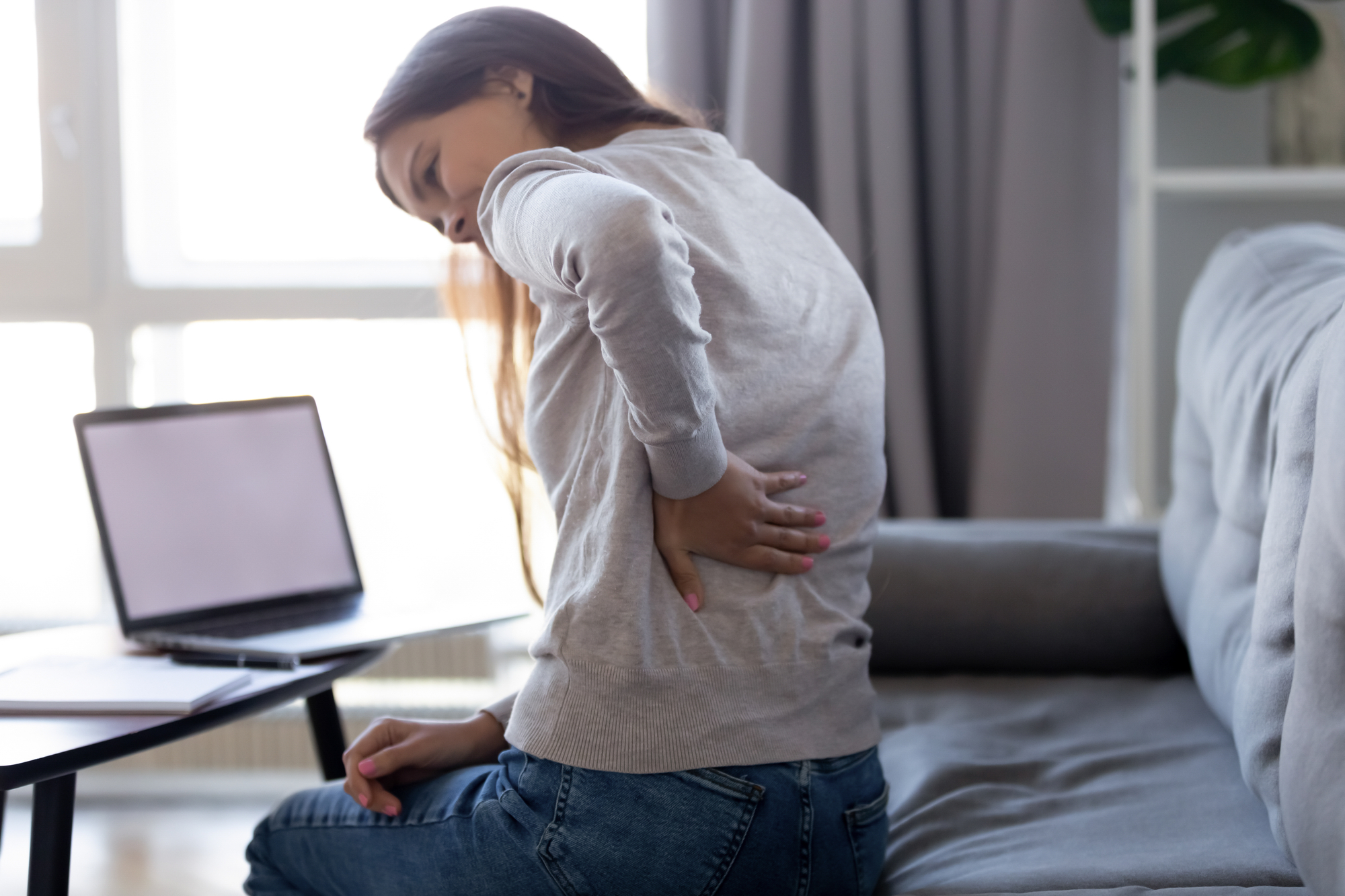Degenerative Disc Disease
What is Degenerative Disc Disease?
Degenerative disc disease is a condition (it’s actually not a disease) that causes the discs in the spine to become damaged. Spinal discs serve as cushions or shock absorbers between the spinal bones (vertebrae) and help the spine remain flexible. Each disc comprises a rough outer shell that is full of nerves and a soft, fluid-filled center.
When a spinal disc becomes damaged it loses much of its cushioning properties, which causes the vertebrae to rub together. In a damaged disc, fluid in the center of the disc may leak out and irritate the nerves on the outside of the disc. Both of these effects cause acute back pain that makes it difficult to move the back normally. Degenerative disc disease pain primarily affects the lower back, but may also cause pain that radiates through the hands and feet.
Causes of Disc Degeneration
Age is a contributing factor in most cases of degenerative disc disease, but not everyone who ages will develop this painful condition. Common causes of degenerative disc disease include:
- Normal wear and tear from sports and daily activities
- Loss of fluid that causes the center of the disc to dry out
- Trauma or injury that causes swelling or soreness
SYMPTOMS OF DEGENERATIVE DISC DISEASE
Degenerative disc disease pain is long-lasting. If you have undiagnosed lower back pain that has lasted longer than six weeks and meets the following criteria, you may be suffering from degenerative disc disease.
- Acute pain that is worse while seated
- Pain that worsens when you bend, lift, or twist your spine
- Pain that improves when you go from sitting or standing to walking or running
- Pain that improves when you switch positions or lie down
- Pain that alternates from mild to debilitating in severity (in other words, pain may be barely noticeable for a period of time, and then flare up suddenly.)

TREATMENTS FOR DEGENERATIVE DISC DISEASE
Spine doctors often refer to back pain treatments as passive or active in nature. Passive treatments are performed on the treatment by a medical professional. Active treatments are things patients can do themselves to relieve their symptoms, such as:
- Strengthening, stretching, and low-impact aerobic exercises.
- Quit smoking. Smoking lowers blood circulation, which hinders healing. It has also been linked to back pain.
- Taking over-the-counter anti-inflammatory drugs.
- Losing weight. If you’re overweight, losing weight will reduce stress on the back.
Anyone experiencing back problems should exercise only after their doctor has approved it, and should follow an exercise routine developed and approved by a physical therapist.
Surgeries such as spinal fusion surgery and disc replacement surgery are typically used as a last resort for the most severe cases of degenerative disc disease that cannot be treated non-surgically. When warranted, surgery can be helpful in addressing the physical issues in the spine that are causing pain.
If you’re experiencing chronic back pain, it’s important to be diagnosed by a skilled spine doctor as soon as possible. One of our pain doctors can recommend the best course of treatment for your particular case to relieve your back pain and stop the problem from worsening.

